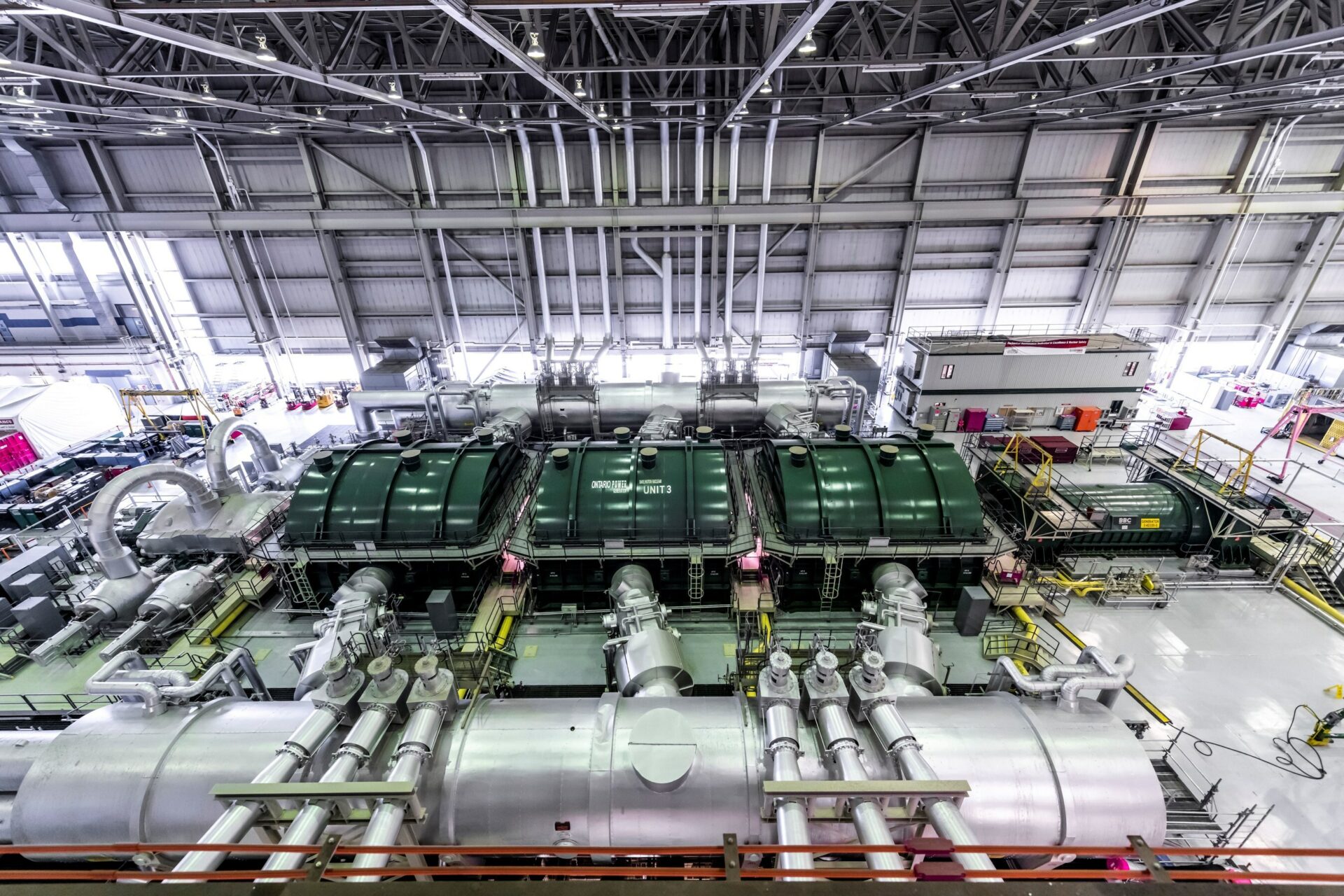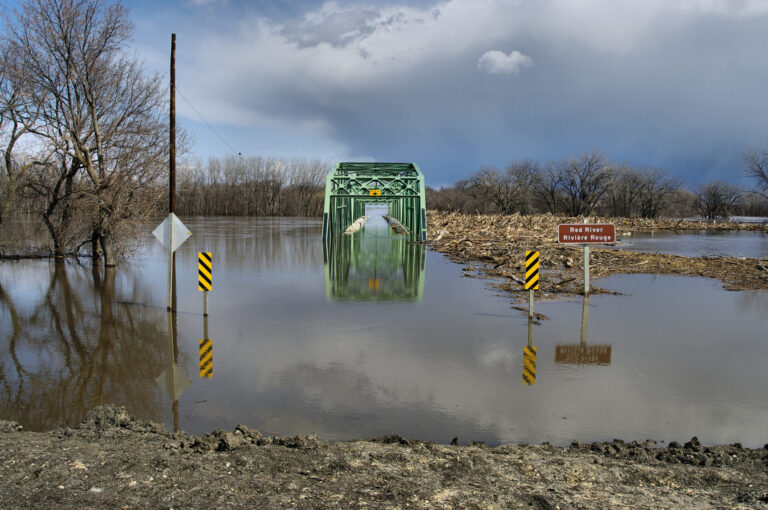By Melissa Di Marco and Rabeh Ayari
Recent announcements from Microsoft, Amazon and Google about investments in nuclear power may have you believe that energy consumption is the last hill to climb in solving for large-scale artificial intelligence (AI) development.
Shouldn’t Canada follow suit, especially if we want to retain a leadership position in AI? A more nuanced discussion is needed. The irony is, we may require the computing power of AI to solve for the many challenges this emerging technology creates.
Nuclear energy alone will not fuel an AI boom. Realizing AI at scale is a multi-faceted challenge that requires a thoughtful strategy on energy consumption, a sound business development model, with environmental and social responsibility considerations to truly unlock its potential.
We can’t think of energy consumption in an AI vacuum
Canada currently has challenges meeting its everyday energy demands. A rising population and digitization along with the advent of clean and low-emissions solutions is putting massive strain on a system that’s already struggling.
In fact, energy deficits exist and are forecasted to grow. According to the MacDonald-Laurier Institute, energy demand will double in the years leading up to net zero targets and our supply may have to triple to meet 2050 ambitions. And this doesn’t account for the herculean levels of energy needed for AI compute and associated data storage.
Unquestionably Canada will need to find new sources of power. Nuclear is critical and provides a dependable and carbon-free solution for large-scale AI operations that could serve as a foundation for Canada’s AI infrastructure.
However, constructing new nuclear plants is time consuming and expensive and comes with high operating costs once built. There are also challenges associated with managing its waste safely. Small modular reactors (SMRs) could address some of these issues, but the technology is conceptual and may not be the panacea we hope for.
The optimal approach involves leveraging a balanced mix—hydropower and clean energy where feasible, natural gas and battery storage when advantageous, and nuclear options, including potentially SMRs, when suitable.
We should also mine for net new opportunities that arise from AI. As an example, closed loop capture and recovery systems can pass heat generated from AI data centres on to other nearby buildings during winter months.
Collaborations between the government and private sector can accelerate the development of advanced energy solutions, drive investments in research, and create incentives for adopting greener technologies. Such partnerships can play a key role in aligning AI adoption with sustainable energy goals.
An AI-friendly business development model
We must approach developing our domestic AI sector as we would any other infrastructure project, with careful consideration to de-risking delivery and optimizing asset performance. Nations that don’t get this right will fall behind in the AI race.
This is an exercise in thinking critically about our desired end-state to clearly define return on capital investment in AI while ensuring alignment with broader economic objectives. This also ensures consistency in procurement, contracting, and supply chain management while creating a platform to accurately measure and achieve fair commercial outcomes.
In doing so we also unleash AI’s potential to solve complex tasks. AI can significantly augment existing digital twin modelling to accelerate sustainable energy development. This would enable real-time simulation and analysis of nuclear facilities, supporting the transition to cleaner energy sources and aligning nuclear energy projects with sustainability goals. AI and nuclear can mutually reinforce each other to support Canada’s leadership in clean, responsible AI and energy.
An equitable distribution of AI that leaves no one behind
This is a particularly thorny aspect of AI. Many of us are already familiar with the inherent bias AI has demonstrated repeatedly due to poor data inputs. Thankfully, regulators in Europe are tackling this and many other related issues to develop governance and ethical standards that could be applied worldwide.
But we can’t stop there. Canada has its own domestic responsibilities, and we should hope that inclusion drives decision-making.
Regrettably, that hasn’t always been the case. Today, indigenous communities lack access to reliable energy options, and many in Atlantic Canada don’t have basic internet connectivity. These are not small problems on their own.
Within the context of AI, even slight differences in distribution will magnify imbalances a million-fold which would be catastrophic for those left behind. This is not an option. Everyone must have equal access.
This is highly achievable if we align corporate goals with community needs, supported by government policies that promote responsible AI practices.
The entire infrastructure will require this kind of collective effort with focused corporate and political will. Done correctly we harness Canada’s abundance of natural resources, highly skilled AI talent pool, and industrial expertise to become a global model for sustainable AI infrastructure.
Melissa Di Marco, Partner and Global Co-Lead, Energy & Infrastructure, Accuracy Canada
Rabeh Ayari, PhD, Artificial Intelligence, Senior Manager, Accuracy
Featured image: Darlington Nuclear Generating Station’s Unit 3. (Ontario Power Generation)











